Written by Drizzt
On June 23rd Sega's blue mascot turned 17. In that time, Sega's creation has gone through a lot of ups and downs (and loop-de-loops.) He's rivaled Mario and runs crazy fast. Since it's Sonic's birthday, I thought I'd run through a traditional Sonic history:
Sonic the Hedgehog: A history
Sonic, after his creation, starred in his first game, appropriately titled Sonic the Hedgehog in 1991 on the Sega Genesis.The gameplay was relatively simple. Dash and platform through each level and then hit Dr. Robotnik in his odd egg shaped machines until he blows up and flies away.
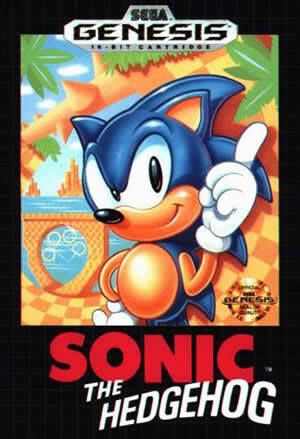
The gameplay was meant to rival Mario, which it did. Sega wanted to create a character that was stronger, edgier, and faster. Much faster. From there, the point of speed became the central idea of the Sonic games.
This game was also available on the Sega Master System and Sega Game Gear.
A year later, Sonic starred in his second adventure, Sonic the Hedgehog 2. This game provided some smaller additions such as smoother scrolling and graphics.

In 1993, Sonic became an arcade game called SegaSonic! Unfortunately SegaSonic didn't do very well because of poor distribution, so not many people got to play it even though it was a fairly fun game.
After that, though, Sega got serious and created what is arguably the best Sonic game: Sonic CD for the Sega CD. Time travel was featured in this game. Sonic ran so fast that he could warp to the past and future. Things he did in each era affected the other. For example, if he went to the past and destroyed some bad guys, their would be a lot less of them in the present.
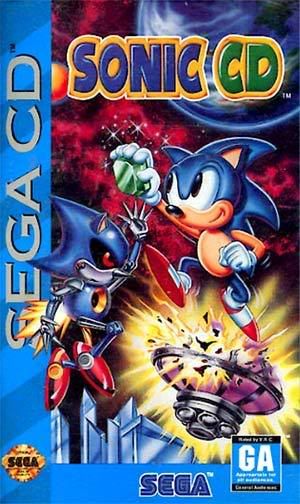
Sonic CD also featured videos and a great soundtrack because it was on a CD, which provided more space.
After Sonic CD came an exclusive Sonic game to the Sega Game Gear called Sonic Chaos. It featured both Sonic and Tails as playable characters and showed that the Game Gear was a great handheld.
After that came a game that dropped in quality and was a shock to Sonic and Sega fans. Sonic Spinball was basically pin ball, except Sonic was the ball. There was nothing special to the game and it was easily forgettable.
Sega fixed this mistake in 1994 by releasing Sonic the Hedgehog 3. This game was more complex than previous Sonic adventures. It was more puzzle based and featured several hidden areas and more platforming.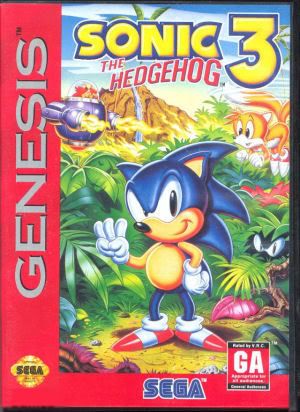
Speed was still there but the levels in the game were much larger and so platforming and puzzles found it's way into the game which made an essential balance needed in the Sonic formula.
Sonic and Knuckles, which was released not too long after, further added to the gameplay of Sonic 3.
You were able to lock into the past Sonic games and be able to use Knuckles in brand new stages.When locked into Sonic 3, collecting the Super Chaos Emeralds became possible. Super Sonic and Super Knuckles turned into Hyper Sonic and Hyper Knuckles. Fans were highly pleased with this entry which expanded upon the past Sonic games.
Soon after, a game called Sonic Triple Trouble was released and, as fun as it was, was really just more of the same. Fans enjoyed it and overall, it was great but it didn't put anything new into the formula so it became another Sonic game.
1995 was a questionable year for Sonic. He was put into Sonic Labyrinth and Sonic Drift 2 (the first was only in Japan), which were both disappointing. Fans were left unimpressed and continued to wait for the next big Sonic game.
Moving into 1996, Sonic seemed to be truly dropping in quality. He starred in Sonic 3D Blast and Sonic the Fighters (an arcade fighting game). These were both interesting games that tried new things, but in the end failed.
In 1997, Sega made a compilation of Sonic games called Sonic Jam. Apart from featuring the Genesis Sonic games, this game also featured a sort of prototype of a 3D Sonic game called Sonic World. It wasn't really an actual game, but it contained some secrets you could unlock and use in the actual games. It also had some extra features like a museum, which contained some neat artwork.
In the same year, Sega also made Sonic R which was just Sonic racing. It was very short and it was strictly a racing game. Not entirely memorable either. Fans were still waiting for the next Sonic adventure
And Sonic Adventure was exactly what they got. In 1999, Sonic transitioned into the 3D world in Sonic Adventure for the Sega Dreamcast.
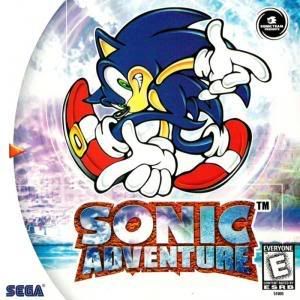
It brought along the speed from the previous 2D Sonic games as well some great platforming. Unfortunately, it brought some unwanted things. Things such as extra characters that were incredibly boring to play as (Big the Cat). Fans questioned Sega and Sonic Teams decision to put such characters into the game. Even so, Chao breeding became a favourite minigame feature and overall, Sonic Adventure was a blast. Fans were pleased.
Now that Sonic had transitioned into 3D, that didn't mean his 2D days were done. In the same year, Sega released Sonic Pocket Adventure for the NeoGeo Pocket Colour. It was still the great brand of Sonic speed that offered the best graphics for a 2D Sonic at the time.
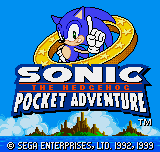
Sonic Adventure 2 soon spawned and introduced a new rival of Sonic's: Shadow the Hedgehog.
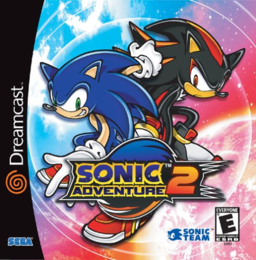
Sonic Adventure 2 also introduced a two player mode where players have a shoot out of sorts and hunt for emeralds. It featured similar level design to Sonic Adventure and provided several extra features.
Soon after the Dreamcast was shut down by the PS2, Sonic Team went to work on Sonic Heroes, a new Sonic adventure that would focus on team exploration.
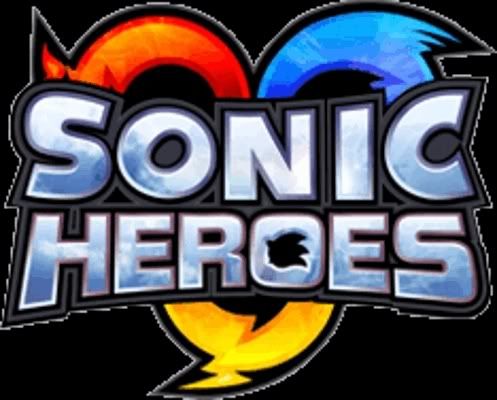
In the end, it didn't quite work out as planned. It wasn't altogether too fast, had a bad framerate, and graphical issues hampered it down.
Sonic the Hedgehog, a game for the Xbox 360 and PS3, was soon brought into production. Overall, the criticism it recieved was terrible and it's known as the game that truly tarnished Sonic's name because it promised to raise Sonic to a new level and bring some great speed changes.

Unfortunately, this was not to be. It had too many graphical and technical issues and, overall, was negatively received by fans who felt frustrated at Sega. They lost faith in Sonic Team.
Not too long after though, Sonic Team made Sonic and the Secret Rings for the Wii. While fixing problems from previous Sonic 3D games (mainly the camera), it also made some new, but fixable, problems: problems in controls (minor), and problems in level design.
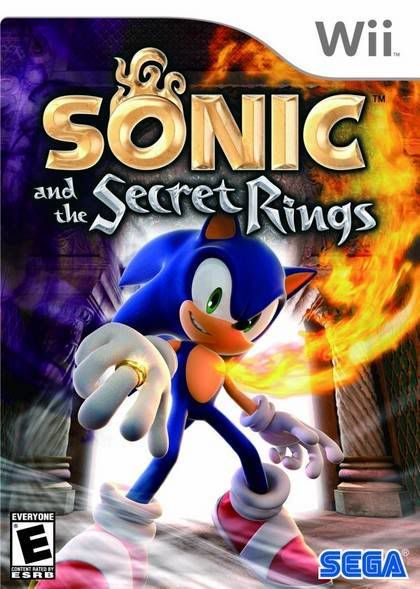
Featuring fast, arcade action, Sonic and the Secret Rings was successful in recreating speed for the series in 3D again. It's also touted as a "step in the right direction" by many.
*There are several other games I didn't list, both good and bad. I didn't mention such as Sonic Rush/Adventure, Shadow the Hedgehog, Sonic Riders, etc.
What does Sonic hold for us in the future?
So far we have 2 major games being looked forward to: Sonic Chronicles and Sonic Unleashed. Sonic Unleashed is looking very promising that looks reminiscent of Sonic and the Secret Rings and the 2D Sonics, namely Sonic Rush.
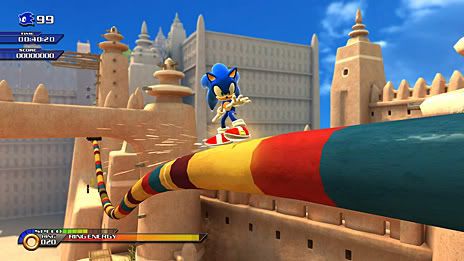
While I can't predict the future, it seems like Sonic will continue to run in, no doubt, many games to come.



0 comments:
Post a Comment